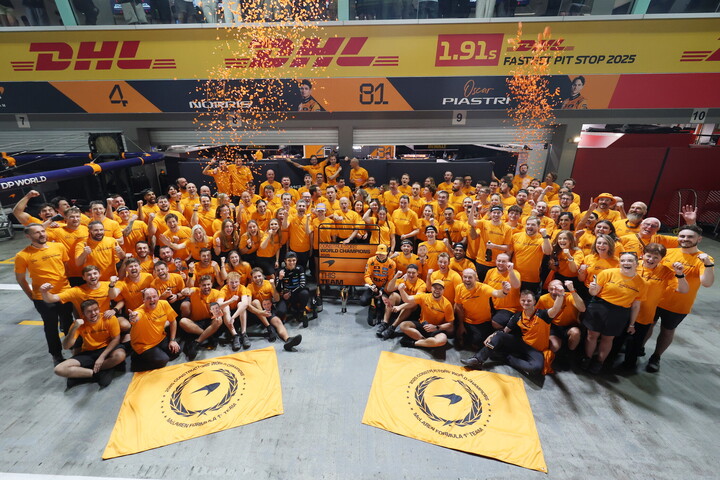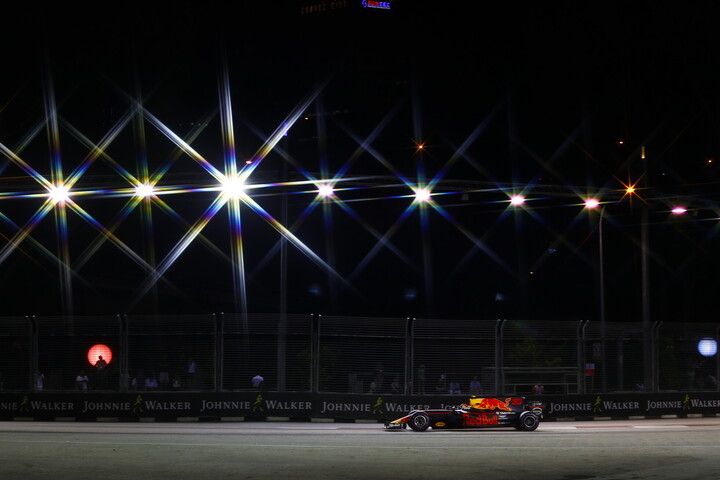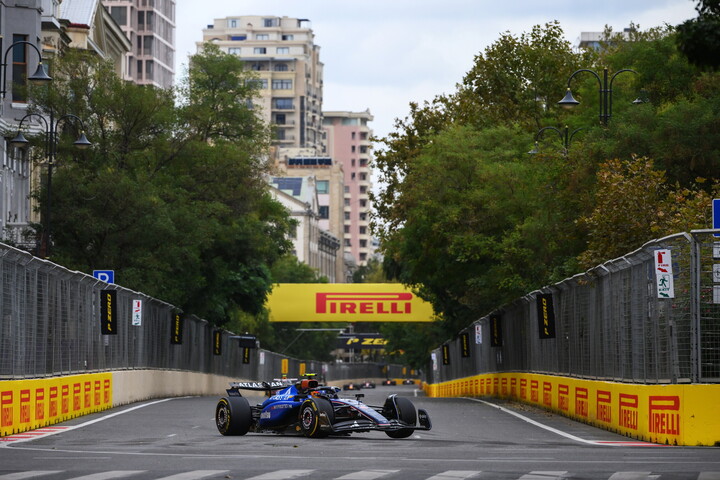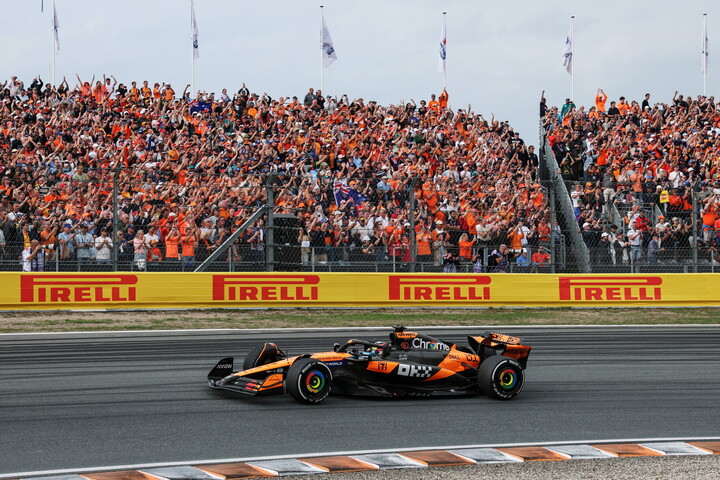Zandvoort, a chapter of Formula 1 history
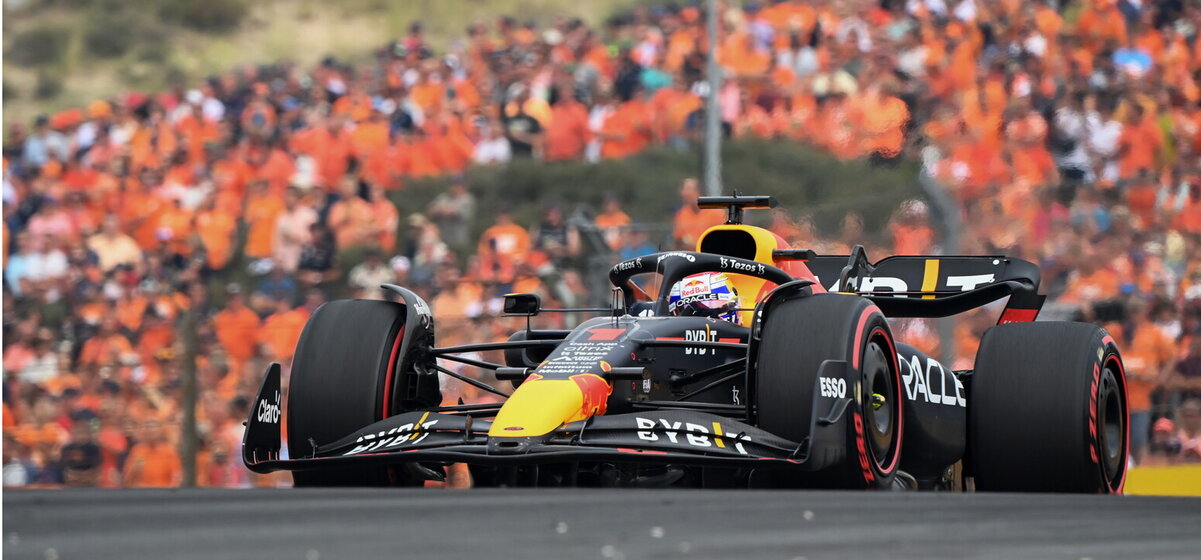
The Dutch Grand Prix is a race like no other. It's a trip down Formula 1's memory lane, a return to the origins of a sport in which Zandvoort has seen many memorable moments, epic fights, unexpected drama, as well as tragedy, all of which have made their mark. First held in 1952, this event was for many years one of the highlights of the calendar, especially in the Sixties and Seventies. Racing continued up to 1985 at which point the track had become redundant, as speeds in Formula 1 had gone through the roof.
Almost 40 years later, in 2021, on a wave of enthusiasm generated by Max Verstappen's exploits, the Dutch Grand Prix was back on the calendar, marking the return of a unique track with an old school atmosphere for which it was famous.
A quick look at this race's roll of honour reads like an encyclopaedia of Formula 1. Of the 34 races held to date, only seven have been won by drivers who did not go on to be world champion. Jim Clark won four times in Zandvoort, it was a favourite hunting ground for Jackie Steward, while it was against this backdrop in 1985 that Niki Lauda clinched the final win of his career, a few months before retiring. Ascari, Fangio, Prost, Senna, Moss, Rindt, Ickx, Brabham: these names say all there is to say about how great a circuit this is.
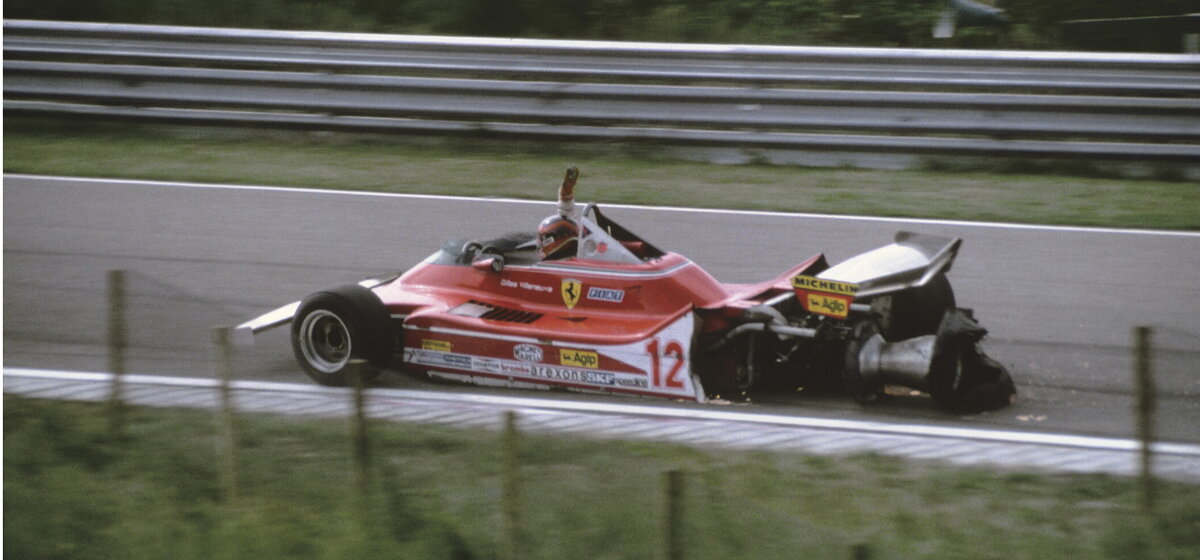
Zandvoort has also seen non-champions shine. Outsiders and unlikely names also found glory here. In 1975, a driver from a private team that would soon disappear — one James Hunt — won a race after a memorable duel with another young driver on the rise at Ferrari, Niki Lauda. Four years later, Australian Alan Jones claimed a victory that began to cement Williams as a powerhouse, in a race remembered in history for the courage — but also the recklessness — of Gilles Villeneuve, who returned to the pits with his Ferrari running on only two wheels touching the ground.
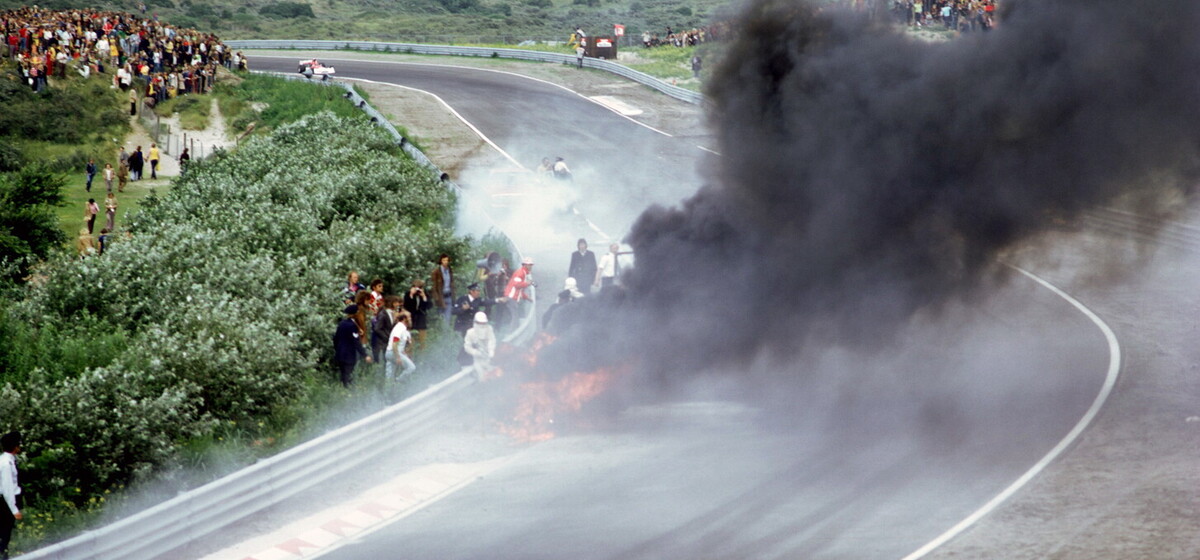
Tragedy is also part of the Zandvoort story. In 1973, Roger Williamson lost his life in an horrific accident. His March-Ford flipped over and burst into flames. The only driver to rush to help was David Purley, who dived into the flames in a desperate bid to turn the car back onto its wheels. The photos from that day are a painful reminder of an age when safety, active and passive, was still a fragile concept yet to be grasped. That crash and other extremely frightening accidents, only added to Zandvoort's reputation as a hard and cruel track, capable of delivering glorious moments but also capable of demanding the highest price.
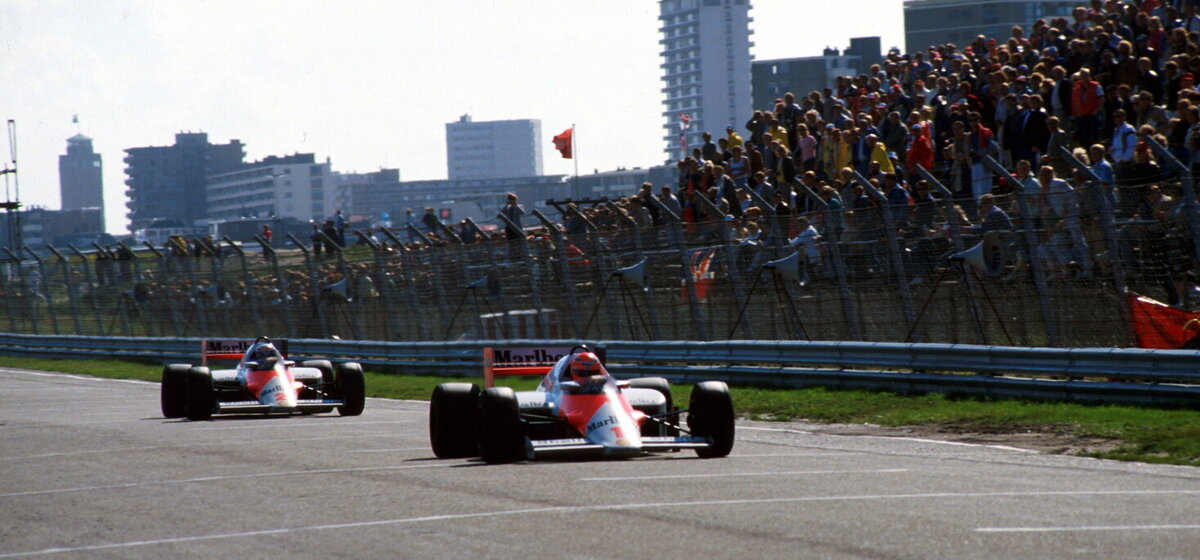
During the long hiatus between 1985 and 2021, Zandvoort gradually faded from the spotlight. Yet, for many years, from 1991 to 2016, it continued to host the “Masters of Formula 3,” a showcase for the most talented young drivers, on a par with the prestigious Macau Grand Prix in terms of importance. Its roll of honour features several drivers who went on to reach Formula 1: Jules Bianchi, Nico Hülkenberg, David Coulthard, Paul di Resta, Valtteri Bottas. Not forgetting Lewis Hamilton, who today rivals Michael Schumacher for the title of the GOAT.
One surname however stands out above all: Verstappen. Jos and his son Max won this invitational race, the former in 1993, the latter in 2014. Max's phenomenal rise in Formula 1 was instrumental in sparking the vision of a group of entrepreneurs to bring top-level motorsport back to the Netherlands which today regards the Red Bull driver as perhaps its brightest star.
In the early years of Max's career, the Orange Army travelled like some sort of nomadic tribe across Europe, their passionate support proving that they deserved a race of their own. And inevitably, that finally happened at Zandvoort, now one of the most exciting events on the calendar, both for the spectacle it delivers and the atmosphere from the enthusiastic crowd. Each of Max's home wins, of which he has three, carries a meaning that goes beyond statistics: it's a symbol of a nation that sees itself through its champion, turning a Grand Prix into a national celebration.
Modernised with improved facilities and featuring banked corners that add to the show and its technical challenge, Zandvoort has still remained true to its soul: narrow, fast, with little room for error, a place where a driver's courage can still make the difference.
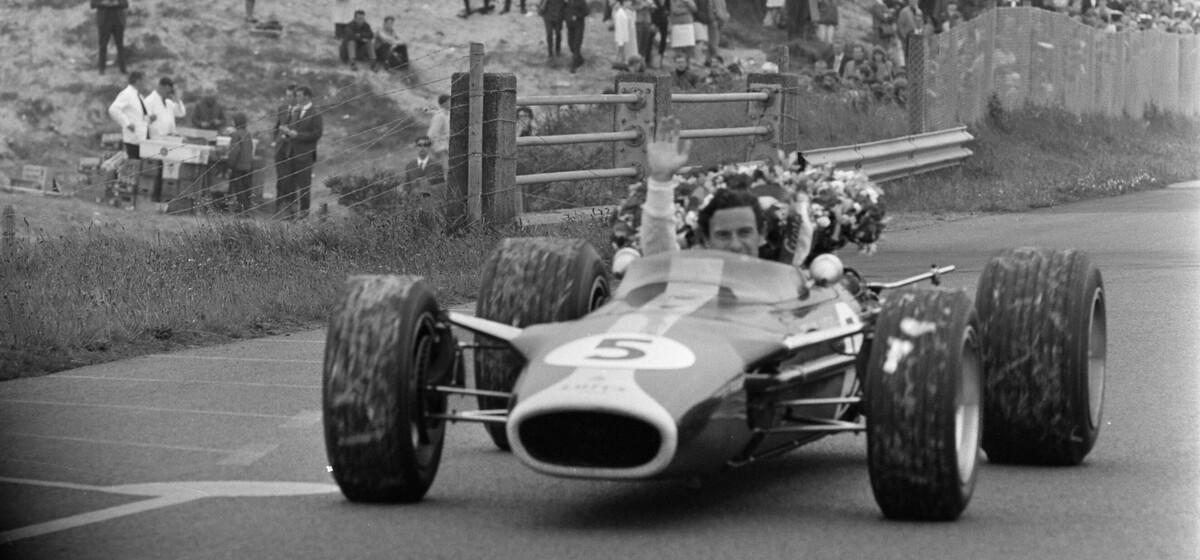
This is the magic of the Dutch Grand Prix, a place where past and present meet, where the feats of Clark and Lauda seem to converse with the brilliance of Verstappen, and where every corner continues to tell the story that Formula 1 is not just a sport, it's a living history.

